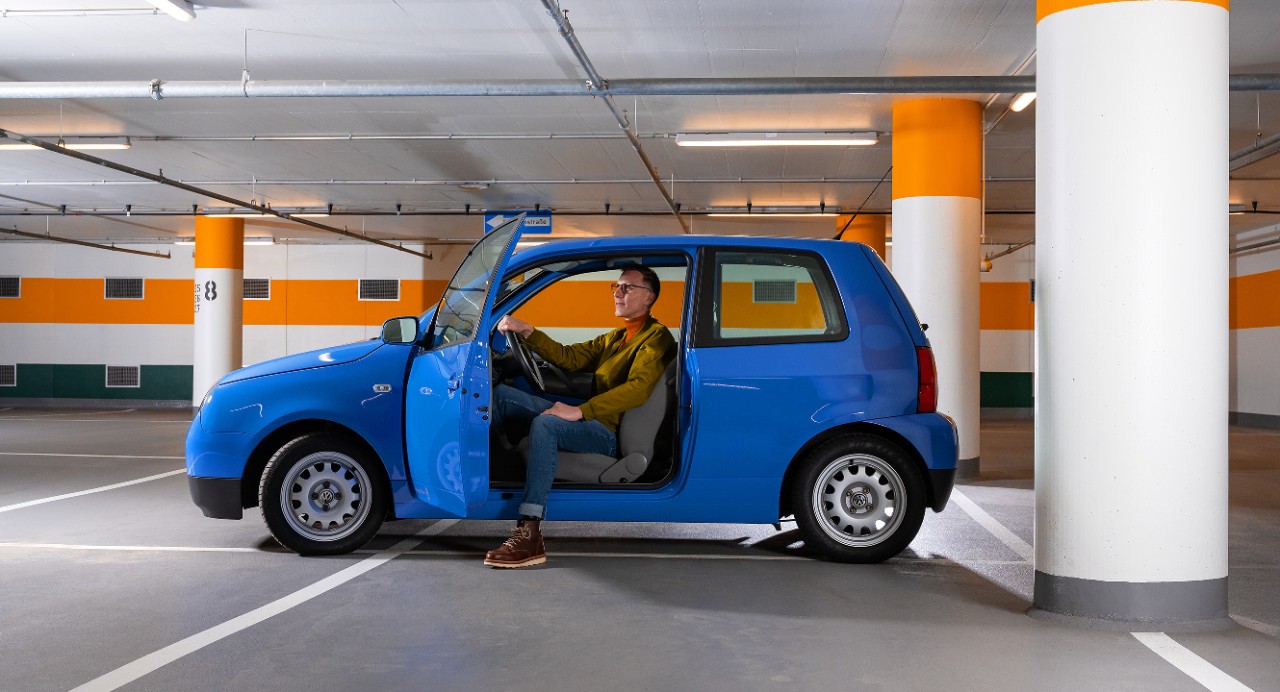Lupo: a new size of VW
The idea of the smallest VW began to take concrete shape in the mid-1990s. The Polo 6N had just been launched successfully, which had grown almost to Mk 1 Golf size inside and out. From that point on, the group only had the dusty old Seat Marbella to offer in the classic small car size of around 3.50 metres. Two more modern competitors were selling well: the Renault Twingo (since 1993) and the Ford Ka (since 1996). But the right answer from Wolfsburg was already in the works.
Development order 420 was a small (smallest) car that should be completely suitable for everyday use: space for four to five people and at least two crates of drinks. The technical basis was the shortened floor group of the Polo 6N, the engines from which were also going to be used under the bonnet. At first, there was even speculation about an electric drive train – and about a cost price of only 15,000 marks for the smallest petrol engine model. When Auto Bild magazine published the first prototype photos in June 1995, the design of the later Lupo was already clearly recognisable: round headlights, steeply sloped rear, short overhangs.


